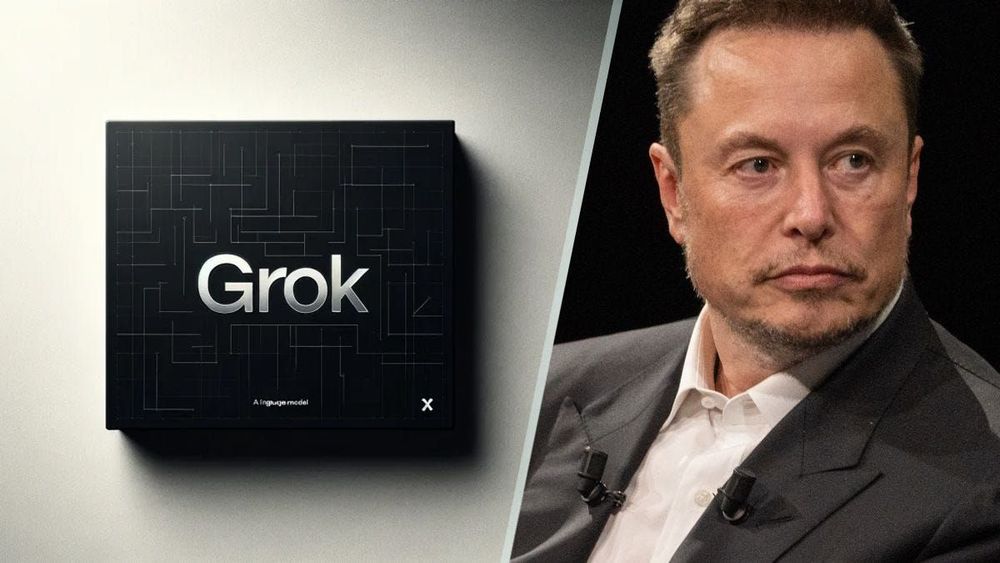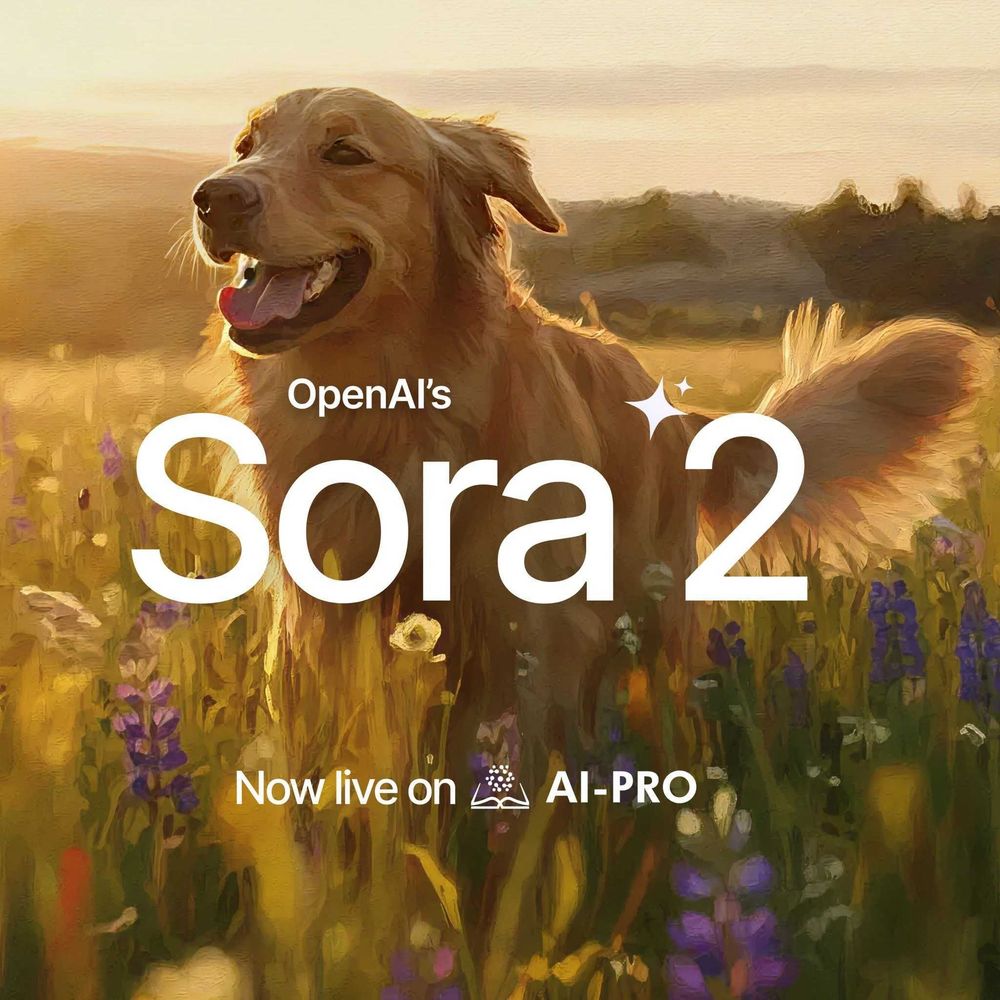In the ever-evolving world of art, a quiet revolution is underway—powered by artificial intelligence. AI-generated art has shifted from being a futuristic curiosity to a groundbreaking tool embraced by artists, designers, and creators worldwide. It’s not just about the algorithms or the tech; the real magic happens in the conversation between human imagination and machine precision. And at the heart of this dialogue lies the unsung hero: the prompt.

A prompt is more than just a command—it’s a spark. The right words can transform a fleeting idea into a visual marvel, while unclear or uninspired prompts may leave you with results that miss the mark. Whether you’re a seasoned artist seeking fresh perspectives or a curious beginner diving into the world of AI art for the first time, understanding how to write the best prompts for AI-generated art is your gateway to unlocking limitless creative possibilities.
In this guide, we’ll take you on a journey through the nuances of prompt writing for AI-generated art. You’ll learn how to turn your ideas into vivid masterpieces, discover practical tips to fine-tune your prompts, and steer clear of common mistakes that could stifle your artistic vision. By the end, you’ll have the tools to create prompts that inspire not just the AI—but yourself.
Ready to redefine the boundaries of creativity? Let’s dive in and unleash the full potential of AI art together.
How AI Interprets Prompts

Think of a prompt as a bridge between your imagination and the AI’s capabilities. When you enter a prompt, the AI processes your words using advanced natural language processing (NLP) algorithms to break it down into actionable components—subjects, styles, colors, and more. It then pulls from its extensive database of visual references to create an image that aligns with your input.
However, AI isn’t a mind reader. While it’s adept at generating art, it thrives on clarity and detail. A vague prompt can leave the AI guessing, producing results that might be generic or miss the mark entirely. On the other hand, specificity acts like a compass, guiding the AI toward your desired outcome. When your prompt is precise, the AI can focus its creative energy, turning your vision into a stunning visual masterpiece.
The Anatomy of a Good Prompt

A well-written prompt is the secret ingredient to exceptional AI-generated art. It’s not just about telling the AI what to create but also how to create it. To craft a compelling prompt, include these key elements:
- Subject: Define the focal point (e.g., a character, landscape, or object).
- Style: Specify the art style, such as impressionism, surrealism, or photorealism.
- Medium: Indicate the medium, like watercolor, digital painting, or charcoal sketch.
- Color Palette: Suggest specific colors or tones to set the mood (e.g., vibrant, muted, or monochrome).
- Mood: Capture the emotion or atmosphere (e.g., whimsical, serene, dramatic).
- Details: Add unique elements to refine the vision (e.g., “golden rays of sunlight breaking through clouds”).
Example Comparison:
- Weak: "Draw a sunset."
- Strong: "A vibrant sunset over the ocean, with vivid orange and pink hues reflecting on the water, painted in an impressionistic style."
The weak example is like giving the AI a blank canvas with no guidance—it might paint a sunset, but it could be dull, random, or lack personality. In contrast, the strong example provides a clear roadmap, resulting in an image that’s rich, intentional, and aligned with your vision.
By thoughtfully layering these elements into your prompts, you’re not just instructing the AI—you’re collaborating with it, co-creating art that embodies your imagination and creativity.
5 Tips on How to Write the Best Prompts for AI-Generated Art

One of the most exciting aspects of AI-generated art is its ability to bring your creative visions to life— but the key to achieving stunning results lies in how you craft your prompts. In this section, we'll take you through the process of refining a simple prompt to illustrate the power of being specific, descriptive, and creative in your requests.
Let’s start with a basic prompt and make it better step by step.
Initial Prompt: "Draw a house."
This is a very basic prompt and, while functional, it leaves the AI with too much room to interpret the concept. As a result, it could produce anything from a simple, generic box to a completely random structure. To unlock the potential of the AI, specificity is key.
- Be Specific and Descriptive
Vague prompts often lead to bland or generic results. The more descriptive you can be, the better the AI will be able to bring your vision to life. Let’s add more details about the type of house, its surroundings, and the atmosphere.
Improved Prompt: "A cozy cottage with a thatched roof, surrounded by a lush flower garden in full bloom, with sunlight streaming through the trees."
This level of detail gives the AI a much clearer direction. Instead of a generic "house," the prompt now specifies the type of building and its setting, creating a much more focused image.
- Leverage Artistic Styles and Movements
One of the most exciting things about AI-generated art is its ability to mimic and integrate various artistic styles. Whether you're looking for a traditional look or something more abstract, you can guide the AI by referencing specific art styles or movements.
Improved Prompt: "A cozy cottage with a thatched roof, surrounded by a lush flower garden in full bloom, with sunlight streaming through the trees, painted in the soft, dreamy style of Claude Monet."
Now, the prompt specifies the artistic style—Monet’s impressionistic approach—which helps the AI understand how to approach the overall visual aesthetic of the piece. You can also reference specific movements, like surrealism, cubism, or photorealism, depending on the effect you want.
- Incorporate Lighting and Mood
Lighting plays a crucial role in the mood of an image. The way light interacts with the scene can completely alter the emotional tone of the artwork. By incorporating lighting and mood descriptors, you guide the AI to create a more emotionally resonant piece.
Improved Prompt: "A cozy cottage with a thatched roof, surrounded by a lush flower garden in full bloom, with sunlight streaming through the trees, painted in the soft, dreamy style of Claude Monet, under the golden light of a late afternoon."
The addition of the "golden light of a late afternoon" enhances the feeling of warmth and tranquility in the image. This simple adjustment helps set a clear mood for the piece.
- Experiment with Mediums and Techniques
Defining the artistic medium can add texture and authenticity to your AI-generated artwork. Whether you prefer watercolor, charcoal, oil painting, or digital art, specifying the medium helps shape the final look and feel. Adding instructions about techniques, like brushstrokes or linework, can further refine the results.
Improved Prompt: "A cozy cottage with a thatched roof, surrounded by a lush flower garden in full bloom, with sunlight streaming through the trees, painted in the soft, dreamy style of Claude Monet, under the golden light of a late afternoon, in watercolor with delicate brushstrokes."
By specifying "watercolor with delicate brushstrokes," the AI now knows not only the style but also how to texture the image—giving it a softer, more fluid look typical of watercolor paintings.
- Use Constraints for Precision
Sometimes, providing clear constraints can enhance the precision of the output. Constraints can refer to composition, symmetry, or layout, ensuring that the image follows certain rules or structure. These can be particularly helpful for designs that need a balanced or organized appearance.
Final Improved Prompt: "A symmetrical design of a cozy cottage with a thatched roof, surrounded by a lush flower garden in full bloom, with sunlight streaming through the trees, painted in the soft, dreamy style of Claude Monet, under the golden light of a late afternoon, in watercolor with delicate brushstrokes."
Adding "symmetrical design" to the prompt ensures that the image has a balanced composition, creating a sense of harmony in the final artwork. This constraint is particularly useful if you're aiming for a more structured or formal look.
By applying these techniques to your prompt-writing, you can dramatically improve the results of your AI-generated art. Starting from a simple idea, like "draw a house," we’ve turned it into a vivid, detailed vision that guides the AI with precision and creativity.
Now, you’re ready to create truly remarkable AI art that aligns with your imagination—every time.
Unleash Your Creativity with AI Art Prompts
The power of AI-generated art lies not just in the algorithms, but in how effectively you communicate your vision through prompts. By applying the tips and techniques outlined in this guide—from being specific and descriptive to experimenting with styles, lighting, mediums, and constraints—you’ll be able to craft prompts that transform your ideas into stunning works of art.

Now it’s time to put these strategies into practice. Try using these prompt-writing techniques in AI art generators like AI-Pro's DreamPhoto or Flux ImageGen to bring your creative concepts to life. The more you experiment and refine your prompts, the closer you’ll get to creating the perfect visual masterpiece, every time.
Ready to unlock the full potential of AI art? Start crafting your prompts today and watch your imagination come alive!





